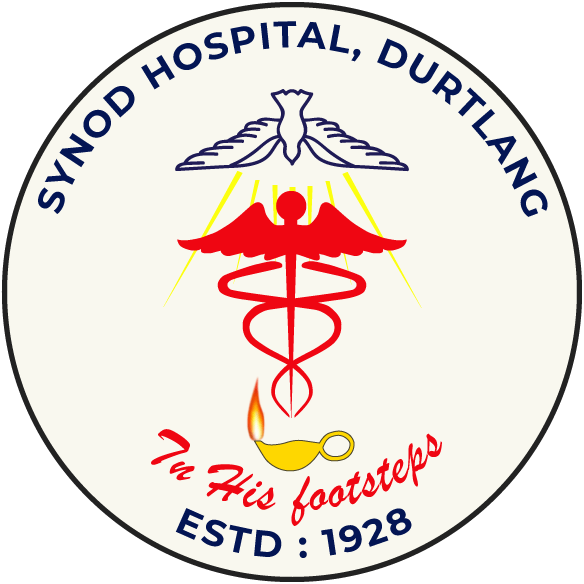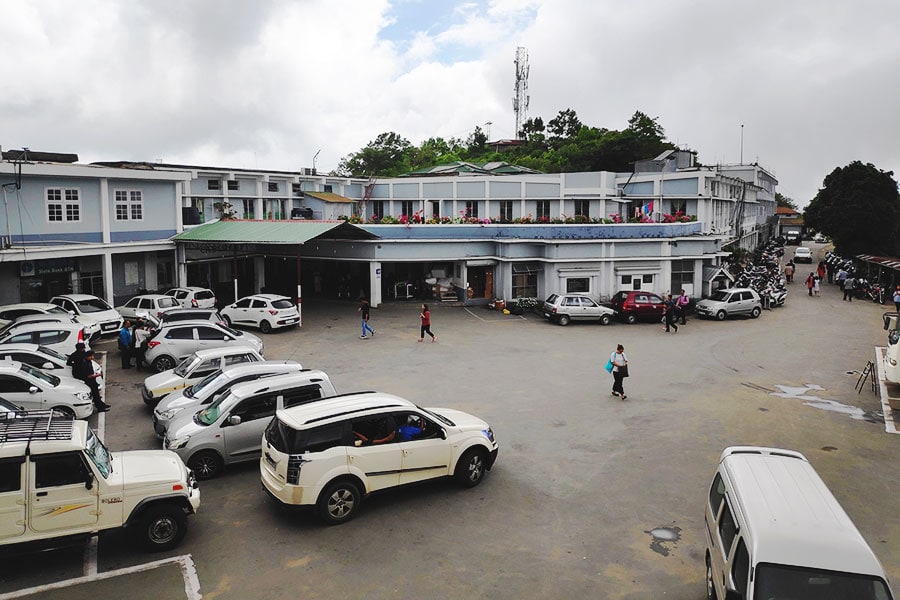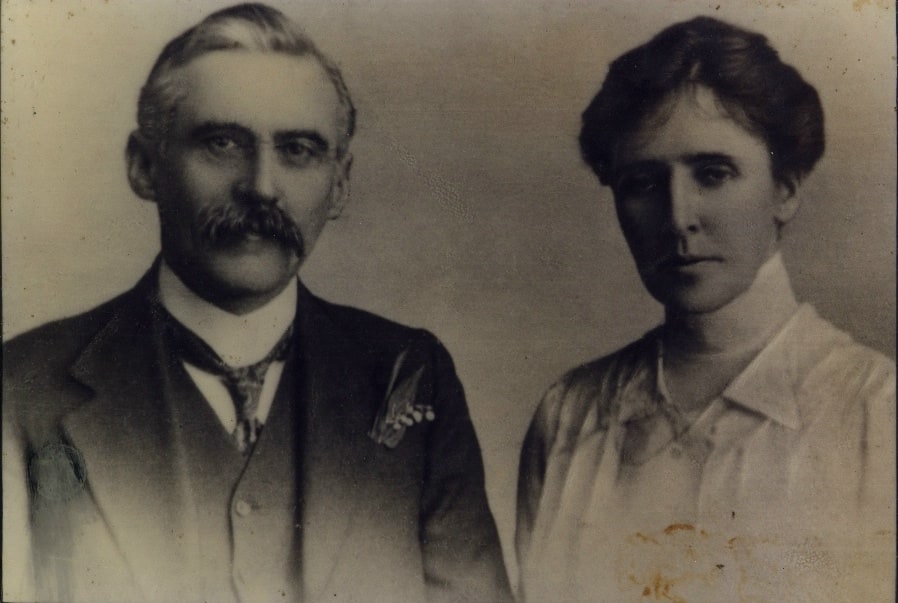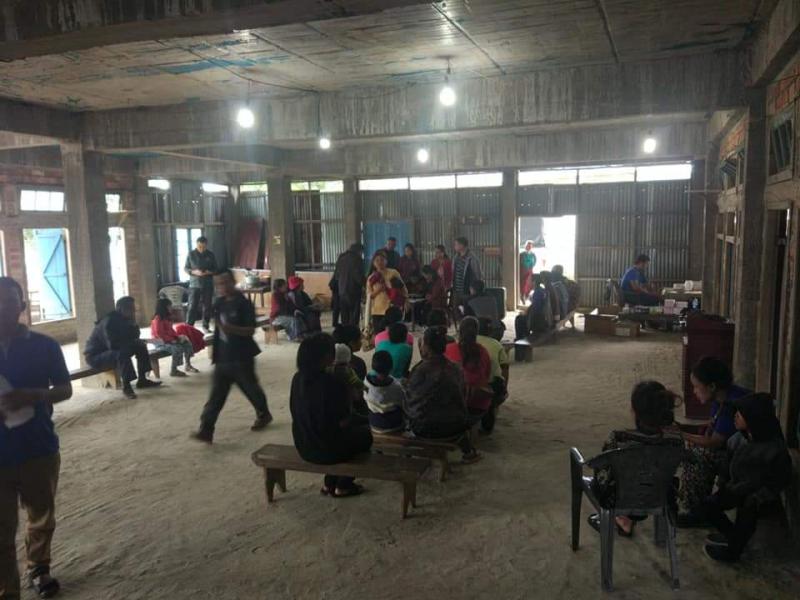Rev E L Mendus was the missionary in charge of education in Lushai Hills during that time. He was greatly grieved to see the sufferings of the people following the departure of Dr Peter Fraser. Late one night, he had a vision, and heard the cries of patients in despair in far off villages saying – “Is there any doctor? Isn’t there even one nurse? Save us and help us.” He was so moved by this vision that he could not think of anything else. As he was going to bed, he repeated, “Hospital, hospital. How great is the need for a hospital”.
Following this, Rev E L Mendus wrote an article titled ‘The Diary of a Jungle Missionary’ in a monthly magazine ‘The Treasury’ which was published by the Presbyterian Church of Wales.
The hillock in Durtlang, known as Derhkentlang was offered to the Church by M Suaka, the chief of Durtlang village. This offer was heartily accepted by the church. It is interesting to note that the village of Durtlang was founded by M Suaka for Christian refugees who faced persecution by their families and society because of their faith. Derhkentlang became the headquarters of the North East Presbytery and the Theological school was shifted there. Compounder D Thianga also shifted the dispensary from Mission Veng to Durtlang in 1924.
Dr John Williams LMP, arrived in Lushai Hills on 22nd February 1928 and settled at Durtlang. He was christened Pu Daka by the locals. With the help of only two trained staff, namely compounder D Thianga and staff nurse Tlawmkungi, he converted the old theological school building and used it to establish the hospital. The hospital beds were procured from the old theological school hostel, and thus with the admission of the first patient on 6th March 1928, the hospital at Durtlang was inaugurated and named the ‘Welsh Mission Hospital’. In order to augment the nursing services, Dr Williams started a school of nursing the same year. The first student was a 16-year-old local girl named Khuangi, who continued to work for the hospital after her training until 1936.





